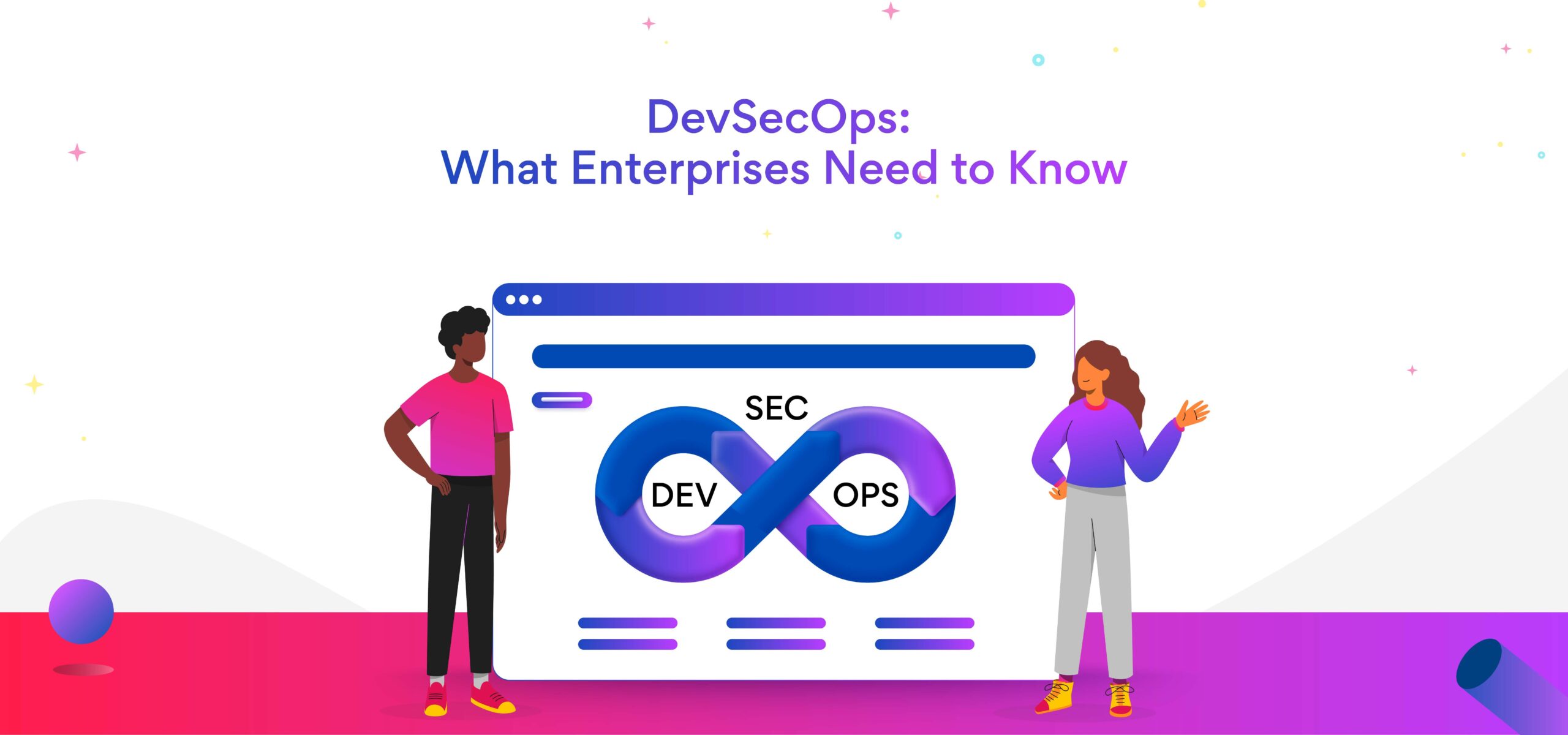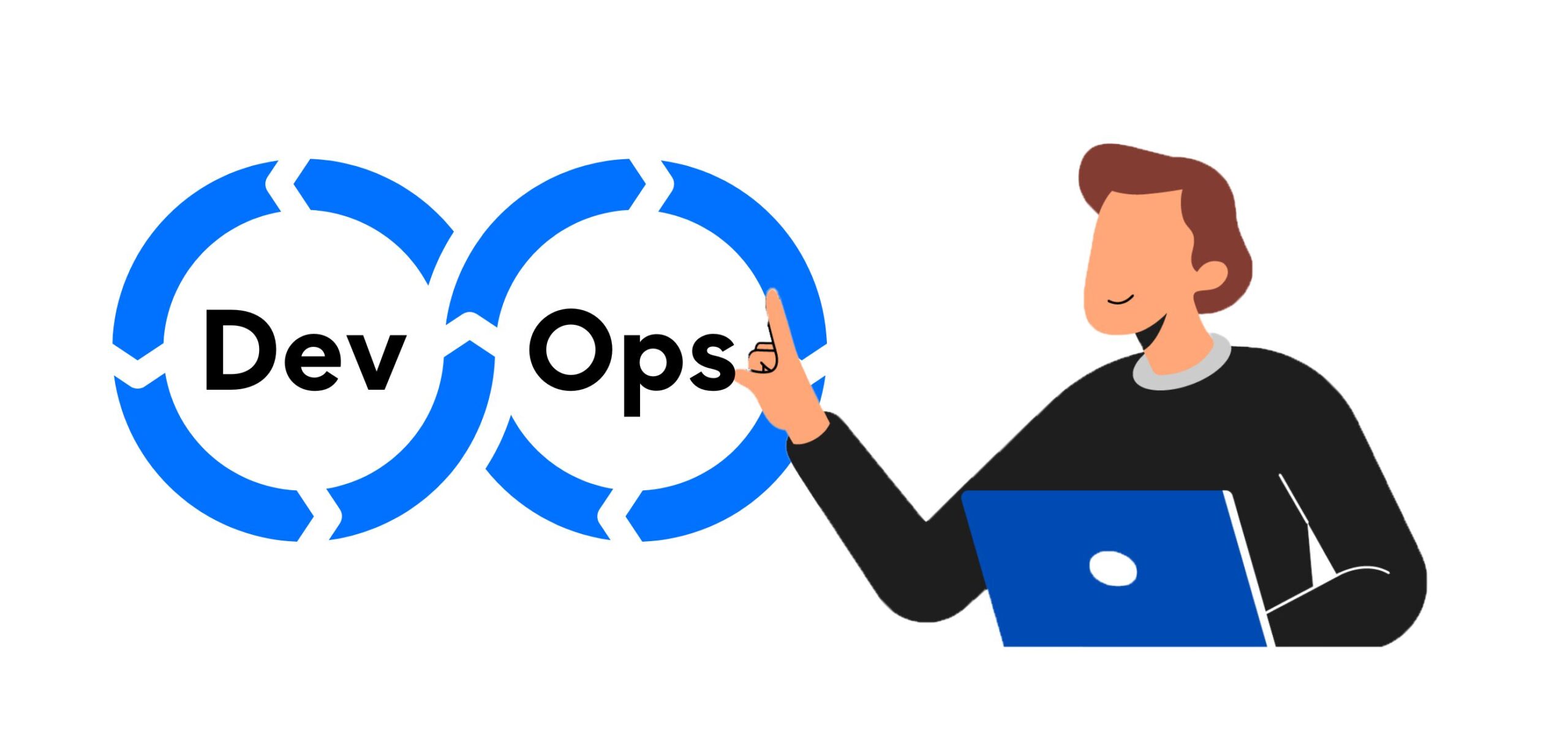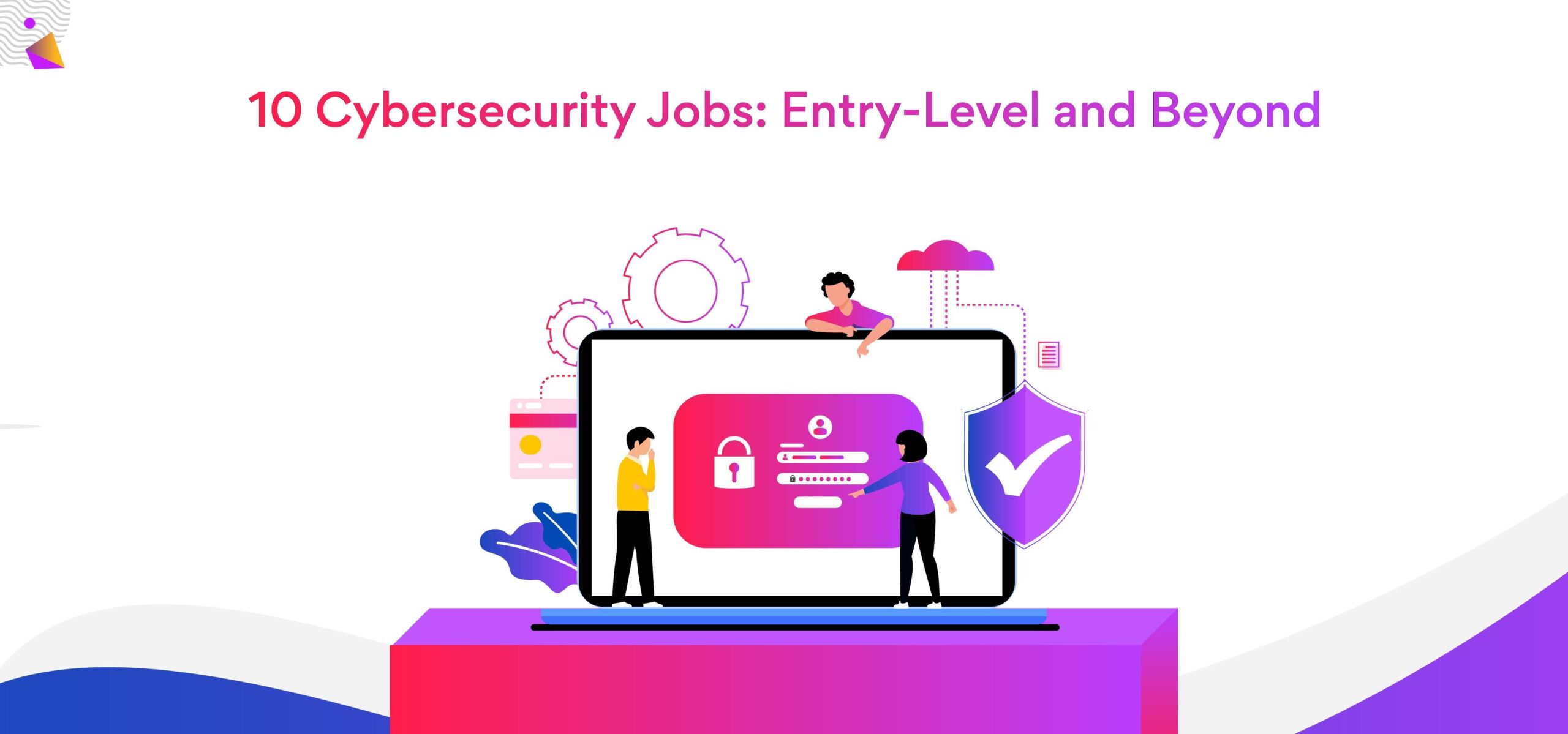DevSecOps: What Companies Need to Know
What is DevSecOps how does it work? How does it differ from DevOps? How can adopting DevSecOps have a significant impact on your firm?
Looking for answers to such questions? Keep Reading.
What is DevSecOps?
DevSecOps is a seamless and transparent integration of additional security into rapidly evolving DevOps development. In an ideal scenario, this action is accomplished without impairing developers’ agility or speed or causing them to leave their development toolchain environment.
Core functional teams must alter their culture, procedures, and toolkits to implement DevSecOps, which makes security a shared responsibility.
How is DevOps different from DevSecOps?
DevSecOps augments speed with security as rapidly as possible, while DevOps concentrates on the pace of software delivery.
What are the benefits of DevSecOps?
DevSecOps aims to safely distribute security decisions at speed and scale to people who hold the highest level of context without compromising the necessary safety. It builds on the idea that everyone is accountable for security.
Here are a few more benefits of DevSecOps:
- Cost-effective software delivery
Security issues can cause significant time delays when software is built in a non-DevSecOps environment. Therefore, by limiting the need to repeat a procedure to resolve security vulnerabilities, DevSecOps’ quick, secure delivery saves time and lowers costs.
- Improved security
Cybersecurity operations are incorporated into the development cycle at the outset, thanks to DevSecOps. The code is reviewed, audited, scanned, and tested for security flaws throughout the development cycle. As soon as developers discover these problems, they resolve them. In addition, they fix security issues prior to adding new dependencies.
In addition, by ensuring and streamlining compliance, these procedures spare application development projects from the need for security retrofits.
- Accelerated security vulnerability patching
The speed with which DevSecOps handles newly discovered security vulnerabilities is a crucial advantage. The capacity to recognize and fix common vulnerabilities and exposures (CVE) decreases as DevSecOps incorporates vulnerability screening and patching into the release cycle. This action reduces the window of opportunity for threat actors to exploit flaws in production systems that are visible to the general public.
- Automation compatible
If a company employs a continuous integration/continuous delivery pipeline to deploy its product, cybersecurity testing can be incorporated into an automated test suite for operations teams.
Security check automation is highly influenced by organizational and project objectives. Automated testing can verify that incorporated software dependencies are at the proper patch levels and that security unit testing was successful. Additionally, it can use static and dynamic analysis to validate and secure code before the final update is promoted to production.
- Adaptive process
As the market changes and adapts to new requirements, DevSecOps guarantees that security is implemented consistently throughout. The automation, configuration management, orchestration, containers, immutable infrastructure, and even serverless computing environments of a mature DevSecOps implementation are strong.
Related post: You Must Know These 6 DevOps Best Practices in 2022
Which application security tools are used in DevSecOps?
Organizations can integrate many application security testing (AST) solutions into different stages of their CI/CD process to achieve DevSecOps. Typical AST tools include…
- Static application security testing (SAST)
SAST tools examine proprietary or customized code for coding mistakes and design defects that could result in vulnerabilities. SAST tools like Coverity® are generally utilized during the SDLC’s code, build, and development phases. - Software composition analysis (SCA)
To find known vulnerabilities in open-source and third-party components, SCA tools like Black Duck® analyze source code and binaries. To expedite the prioritization and remediation processes, SCA tools also offer insight into the security and license risks. They can also be effortlessly incorporated into a CI/CD process, from build integration to pre-production release, to continuously detect new open-source vulnerabilities. - Interactive application security testing (IAST)
IAST tools investigate the behavior of web applications during runtime in the background of manual or automated functional tests.
For instance, the Seeker® IAST tool uses instrumentation to watch application activity, data flow, and request/response exchanges. The tool finds runtime flaws and automatically replays and tests the results, giving developers in-depth explanations right down to the line of code where they are found. This action makes it possible for developers to concentrate their time and energy on serious flaws. - Dynamic application security testing (DAST)
Using automated opaque box testing (DAST), you can test your web application or API in a way that simulates a hacker’s actions. DAST examines the client-side rendering of the application and evaluates programs over a network connection, much like a pen tester might.
DAST tools interact with your website and detect vulnerabilities with a low percentage of false positives; they do not need access to source code or customization.
Related post: 7 Reasons Kubernetes Is Important for DevOps
How to implement DevSecOps?
Step 1: Planning and development.
Planning is the key to everything. For successful implementation, the plan must be strategic and short. Simple feature-based summaries won’t do. The experts can build threat models, user designs, and acceptance test requirements in the planning phase.
The next step is development. Here, the teams should begin by assessing the maturity of their current procedures. It makes sense to compile information from several sources to offer direction. The team should also establish a code review system should also be established at this point since it promotes uniformity, a unique feature of DevSecOps.
Step 2: Building and testing
The building process follows planning, where automated tools are effective. The source code is combined into machine code in such tools via a build script. Tools for building automation include several potent capabilities. They have numerous available UIs in addition to a huge library of plugins.
The pipeline is then put through testing, where a solid automated testing framework instills sound testing procedures.
Step 3: Deployment and operation
IaC tools are typically used for deployment since they automate the procedure and quicken the distribution of software.
Another critical phase is operation, and operations personnel routinely do periodic maintenance. Zero-day vulnerabilities are terrible. Operation teams should therefore monitor them. DevSecOps can use IaC tools to swiftly and effectively safeguard the organization’s infrastructure while preventing human error from slipping in.
Step 4: Monitoring and scaling
Utilizing the latest monitoring technologies is a crucial component of this step. Such technologies guarantee that your security systems are operating according to plan and are up to date.
Scaling also has a significant impact on cloud infrastructure. With the introduction of virtualization, businesses don’t need to squander money on maintaining massive data centers. Instead, they can simply extend the IT infrastructure to handle any dangers that arise.
Related post: SRE vs DevOps: What Is the Difference?
What are the DevSecOps challenges?
- Cultural challenges
Few people will be happy to modify something they’ve been doing the old-fashioned way. However, most people will not be happy about these modifications.
DevSecOps brings together developers and security experts, fostering a collaborative atmosphere. However, there has always been some tension between these two squads. Both teams occasionally believe that what the other side does causes problems for their squad. This viewpoint defeats the core tenet of DevSecOps, causing both teams to operate in silos. Thus, this cultural mentality needs to be altered.
The idea that heightened security slows down progress and acts as a barrier to innovation is another frequent problem. Developers aspire to provide their code quickly to satisfy the needs of companies. Meanwhile, security teams are primarily concerned with ensuring the code is secure. These two teams find collaborating difficult because their goals are so different.
Related post: DevOps Engineer Turnover: How to Prevent It?
- Other challenges
There is a shortage of qualified cybersecurity engineers because of increased security breaches and attacks. Low-level and mid-level companies are severely affected by the lack of security personnel because expert cybersecurity specialists are rare to find.
If you are also struggling to get top DevOps engineers for your company, try Turing. Turing’s AI-backed Intelligent Talent Cloud helps businesses source, vet, match, and manage the world’s best software developers remotely.
Why do businesses prefer Turing?
- Speed: 3-5 days to fill most roles, sometimes same day.
- Time Saved: 50+ hours of engineering team time saved per hire on interviewing.
- Retention: 97% engagement success rate.
Bottom line
Modern software teams must constantly evolve because cyber attacks are evolving faster than ever before. DevSecOps can make the evolution easy because with DevSecOps, teams can produce better, higher-performing, and more secure software faster and with less effort. Also, with DevSecOps team can build real-time security intelligence across pre-production and production environments.
So, hire the best DevOps engineers for your company now with Turing and build a secure infrastructure for generations.
Tell us the skills you need and we'll find the best developer for you in days, not weeks.






